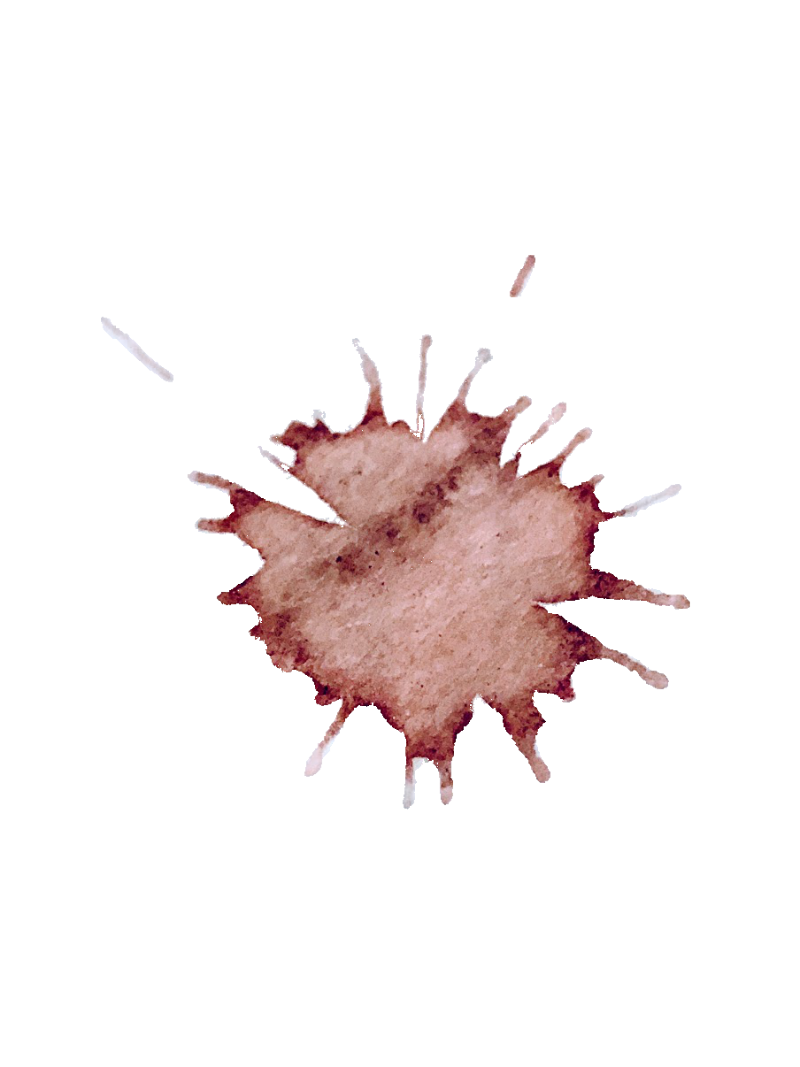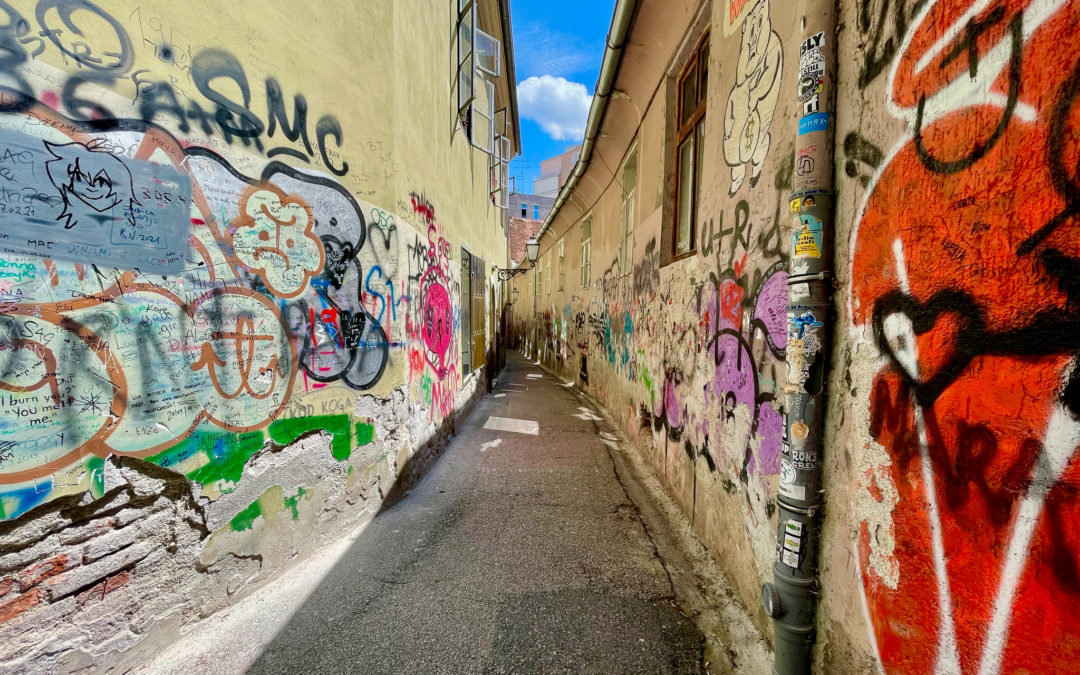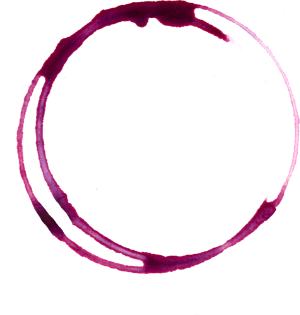Well, we made it to Croatia and have been here for a while, so we thought it would be a good idea to tell you something about it. As you all know, I’m not a travel writer. I prefer to think of myself as an amateur anthropologist, simply observing in an open and honest way. I don’t suggest or direct because everyone lives and travels differently. Instead, I try to offer my mostly meaningless observations and give advice only when asked. So, take or leave it. Read more about my travel blogging tendencies here and be on the lookout for my rantings on the lack of honesty in travel writing coming soon. Bet you can’t wait.
On to Croatia
Our first stop is the capital city of Zagreb. Really, Zagreb feels like a normal European city. It has some popular markets and shops, some well-regarded cafes, seemingly okay food (I mean, when was the last time someone suggested going out to the new Croatian restaurant in your town), a few museums, and a ton of people walking around doing their own thing. It’s worth a day or two as a place to hang out and explore, I guess, if you’re coming to Croatia and looking for a place to shake off the jet-lag.
Zagreb seems to be trying to be a new, cool town, and some travel outlets and wannabe influencers are starting to notice and suggest things, but you can’t help but look around at the people and buildings and come to the conclusion that this place still has a bit of a been-behind-the-iron-curtain-for like-fifty-years kinda feel. The fall of the Soviet Union and the break up of Yugoslavia have been good to Croatia, but there is still room to grow and develop.
Beyond that, it’s a good place to see the ubiquitous display of street art, sit around in one of the hundreds of outdoor cafés, take in the overwhelming amount of second hand smoke, have a coffee, and watch people go by.
Speaking of cafés, they are filled. All the time. The story goes – as told to us by nearby residents so take it or leave it – the people of the Balkans started hanging out at cafés and drinking coffee in the afternoons way back in the day because they didn’t have money to go out at night for dinner. So, cafés increasingly became their social outlet as well as where life and business happened. And coffee became their drink. That seems to be the case here. Cafés are packed pretty much all the time and coffee is an all-day drink…meaning they both drink it all day, and they seem to only have one per sitting. The little espresso cups might as well have nipples on them, possibly due to the memories of coffee rationing back in the days of communism.
They also all seem to serve pretty much the same thing. The same coffee. The same snacks. They even use the same menus and same stock photography on those same menus. It’s weird. The only real difference between the places are the length of walk you need to take from wherever you are to wherever you get your coffee and the amount and consistency of foam in your chosen drink. This is true café culture. Everyone simply walks out their door to the nearest café and sits there for the day. I can get used to this.
On an interesting side note, I cannot help but wonder why Covid never really crushed this place like many of the other nearby EU countries. Maybe, simply, because they spend all their time outside in cafés with friends, therefor never needing to be locked down and secretly getting together in tiny apartments with no circulated air. Just a thought.
So, for a quick reminder…In Zagreb, they drink coffee. there seems to always time for coffee, which might be bad if you’re trying to be on time for anything or actually waiting on someone else to get anything done. Oh, and they smoke. They drink coffee and they smoke. Croatia is right at the top of Europe for the percentage of their population that smokes.
Anything to do?
As for activities, Zagreb is pretty easy for us. The Museum of Broken Relationships is a must-visit. It’s a really weird collection of artifacts from relationships past and present that failed for one reason or another. There are powerful items, like unused wedding dresses and poems dedicated to loved ones who died in war or of cancer, and there are funny items like an axe used to chop furniture of an ex, a box of Chef Boyardee under glass from a woman who broke up with pizza, and a smashed mobile phone given to a girl by her boyfriend simply so she couldn’t call him any more. The stories that accompany the exhibits are awesome and worth reading. Honestly, that might be the only touristy place for us in Zagreb…except for Korica to get a cruffin – see below. Like we’ve said before, these people do not fuck around with pastry. It’s seriously good.
Wine?
Now, for those of you who know us…or bother to read the title of our website, you know that we do like the occasional glass of wine. Well, this is where Croatia is a bit of an enigma. TL/DR version: They have really good wines that are difficult to find…hell, or even find someone who knows about them. We’ll get into more wine-culture stuff in later posts but, until then, let’s talk sparkling.
The area around Zagreb is famous (at least locally and on up and coming radar internationally) for sparkling wines. The land around Plesivica – about an hour outside of Zagreb – is a little higher in elevation, hilly, beautiful, and has the perfect climate and drainage for cooler climate white wine grapes that just happen to produce some outstanding sparkling wines. In fact, the climate is being favorably compared to the Champaign region of France, so it’s no surprise the wines can surprise.
There are about 40 wineries along their “wine road” that produce a wide array of wines, but really excel in sparkling…and a few orange and amber wines made predominately from Riesling.
Happily, we were able to visit a couple of the more noted sparkling producers to talk and sip.
We sat with Dominik, the third generation head winemaker at Jagunic winery for a couple hours and sampled about a dozen of his wines while talking wine, farming, history, and hopes for the future. His wines are elegant and well balanced and are definitely worthy of comparison to products from more well-regarded regions. Then we were off to Korak for more sparkling, some local meats and cheeses, and some solid conversation on the business of marketing and selling Croatian wine. Korak is one of the larger producers in the area…and by large, we have to keep perspective. Even large producers here generate just a fraction of what we would consider high volume. But the wines are good. Well structured. Well made. Well enjoyed.
A dozen more bottles tasted and we were back to Zagreb.
The Take Away
That’s it. Zagreb. Coffee (and some wine nearby), smoking, a cruffin (daily), and a museum dedicated to relationship failure. After that, move on. We did. Up next, we go to the coast for the next few months to visit Rovinj, Zadar, and Split.





